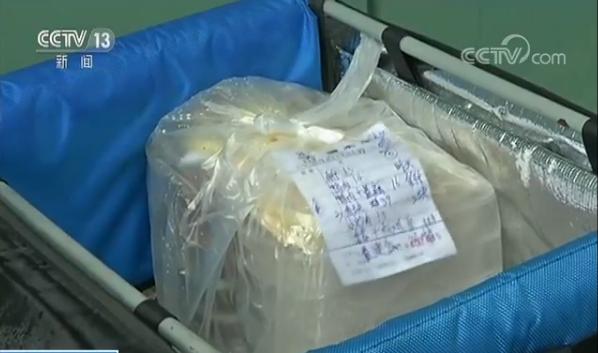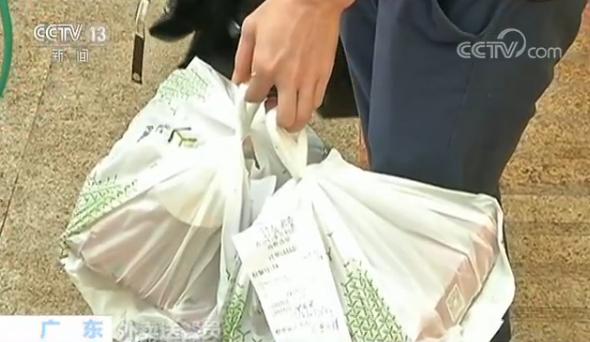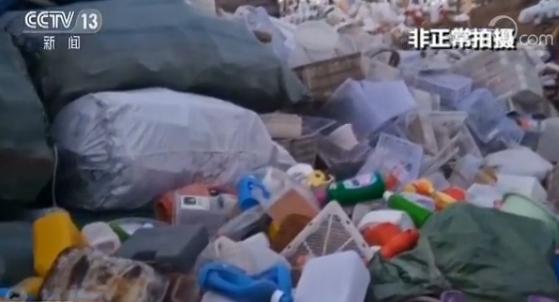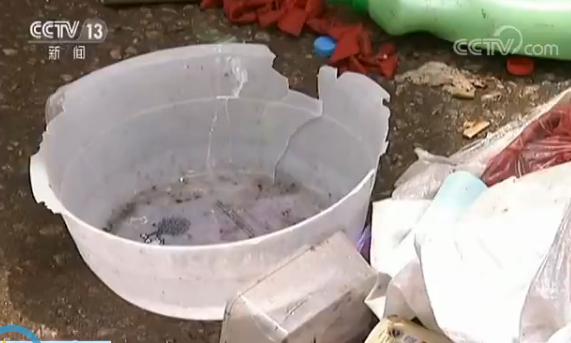CCTV News:Now, shopping and ordering takeout can be done online. The weather gets cold, and it is convenient and convenient for the cat to order takeout at home. But this "meal" time brings many problems.
Throw away the lunch box when it is used up, causing "white pollution"


Ordering takeout has gradually become a trend, and the wind of "white pollution" has also blown up. Office buildings, schools, and residential areas have successively become the hardest hit areas of the "white pollution" of this takeaway lunch box. The reporter randomly walked into a large office building, and after lunch, the trash can was completely occupied by "white garbage".
Over 80% of total takeaway sales come from white-collar workers
According to the statistics of the three major takeaway platforms,White-collar workers account for 60% of the ordering population, and most of them order food four to seven times a week on average. White-collar workers are also high-spending customers in the takeaway industry, with more than 80% of total takeaway sales coming from white-collar workers. This undoubtedly makes large and small office buildings the hardest hit areas for takeaway waste.In particular, many businesses use disposable plastic lunch boxes in order to save costs.
Takeaway lunch boxes can stack more than 330 Mount Everest in a day

The amount of garbage in takeaway lunch boxes is staggering.It is estimated that the country’s takeaway lunch boxes can reach the height of more than 330 Everest in just one day. According to the data of the three major takeaway platforms, the scale of online catering takeaway users in 2017 was about 300 million, while the total daily order volume of the three major takeaway platforms was about 20 million orders.So, how much white trash will this bring?
If one plastic bag is used for each takeaway and 0.06 square meters for each plastic bag, the plastic bag used every day can cover an area of 1.20 million square meters and cover 168 football fields. On the other hand, the data of lunch boxes is also shocking. Some environmental protection organizations calculate that the average consumption of each takeaway is about 3 lunch boxes (cups), and about 60 million discarded lunch boxes (cups) are generated every day. According to the height of a takeaway lunch box of 5 cm, the daily usage of takeaway lunch boxes can reach the height of more than 330 Mount Everest.
Embarrassing! Takeaway lunch box recycling rejected

Takeaway lunch box waste causes so much waste and pollution, so can the used lunch box be recycled? The reporter tried to send the lunch box waste to Recycle Bin, but was blocked from the door.
According to statistics, only 14% of plastic packaging in the country has been recycled, while takeaway lunch boxes account for only a small part of it. Since it is rarely recycled, where do all the recycled plastic lunch boxes go? The reporter went to a garbage sorting station on the outskirts of Beijing.
Most of them are landfilled or incinerated, causing pollution that is difficult to degrade
It turns out that most of the takeaway waste is landfilled or incinerated after entering the sanitation system that handles domestic waste. Experts point out that mixed waste is prone to generating harmful gases after incineration, and it takes hundreds of years to decompose in landfill.
Waste plastic recycling, subsidized in Beijing and Shenzhen
How to deal with the difficulty of handling and recycling takeaway lunch boxes?Experts said that Beijing and Shenzhen currently have a corresponding subsidy mechanism for the recycling of waste plastics and other renewable resources. At the same time, it is also necessary to establish industry norms, and only by subdividing standards can effective recycling be achieved. Experts pointed out that if enterprises want to recycle, it is too expensive to invest in environmentally friendly and pollution-free treatment systems, so this kind of takeaway waste is generally incinerated. Enterprises strive for profit to survive, resulting in the recycling of only high-profit waste products. Therefore, at present, only Beijing and Shenzhen have corresponding subsidy mechanisms for the recycling of waste plastics and other renewable resources in our country.However, due to the different positioning and cost of stores in the market, the source and composition of disposable plastic tableware materials are too complex, which is not conducive to recycling.